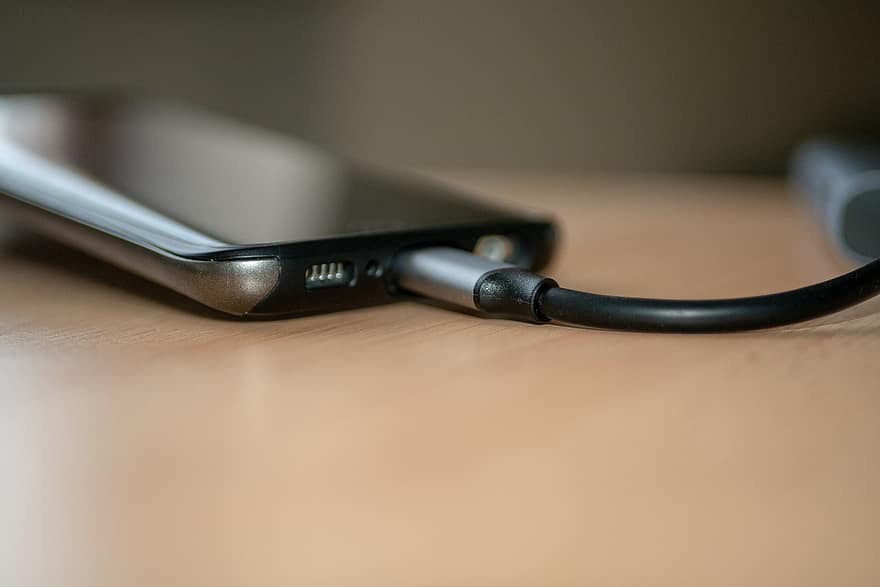_A PART OF ANY filmmaker’s data protection plan should include clear guidance on backups of your mobile phone data —
• How frequently you should back up
• How to prioritize the files to back up when time is scarce
• Trustworthy backup platforms and tools

When building a secure backup practice, you’ll want to decide whether to keep your backups online with a cloud storage provider, or offline on another device you trust. Use risk assessment to determine what’s best for you.
Online backups with cloud storage providers like Apple’s iCloud and Google’s Google Drive make automatic sync and restore convenient. By sharing your data with a third party like Apple or Google, however, you open up the possibility for unauthorized access to your mobile backups by legal request or someone hacking into your account.
If keeping your mobile data private from third parties is your priority, consider backing up to a computer you trust.
iPhone users: Make encrypted backups through Finder or iTunes
STEP 1
Encrypt your backups!
If you use a Mac, the process is simple. Open Finder (the file manager app with the blue Mac “face”) and connect your iPhone cable to your Mac with the iPhone cable. Follow Apple’s instructions for creating a backup, and don’t forget to select the “Encrypt local backup” option. Use a unique and complex encryption passphrase.
If you use a Windows PC, it’s slightly less simple. You’ll first need to install Apple’s iTunes app from Microsoft’s app store if you don’t already have it. Once it’s installed, open iTunes and connect your iPhone cable to your PC with the iPhone cable. Follow Apple’s instructions for creating a backup, and don’t forget to select the “Encrypt local backup” option when it’s presented. Use a unique and complex encryption passphrase.
STEP 2
Store your encryption passphrase somewhere secure, like a password manager.
Android users: Back up your files and media content to a trusted device
Note that when backing up through a USB cable on Android, you won’t be able to back up the device settings, nor your app data. This makes restoring to a new phone less convenient, but if a cloud backup service doesn’t meet your privacy and security needs, this might be a reasonable tradeoff for your situation.
STEP 1
You can back up important files (such as documents, pictures, and videos) stored in your phone by connecting it to a computer you trust, typically with the phone’s USB cable.
You may have to change the mobile device’s USB preferences via Settings > USB Preferences > Use USB for File Transfer.
STEP 2
Once connected, you can access your mobile phone’s content from your computer’s file explorer.
See Google's instructions on transferring files from Android to your Windows PC or Chromebook.
STEP 3
Copy the content you want to back up, and store it somewhere safe on your computer, or, better yet, an encrypted external storage device.